The Atlanta Georgian and News was a newspaper that launched on April 25, 1906 with a special thirty-six-page issue. Initially the paper had around seventeen thousand subscribers and was the third-largest paper in competition to The Atlanta Journal.
In February 1907 the Georgian absorbed the recently bankrupt Atlanta News and took the lead as the city’s sensationalist and society paper.
Between the end of August and into November 1908, the Georgian ran a weekly series of caricatures of men who they believed were representative of the business and professional men of Atlanta – a few of the movers and shakers of the day.
I’ve always found this set of caricatures interesting and while the group of men includes some you would expect, there are a few whose names have been lost over time.
I present the images here along with the captions that accompanied each drawing.
“W.H. Higgins, seen above, of Smith & Higgins, the popular West side department store firm, is anxious to have the readers of this paper know that the lady who appears in the picture above was placed in his arms by the artist and without his knowledge or consent. However, it will be noted that his expression is of extreme satisfaction, not to say exquisite pleasure.
Mr. Higgins has two hobbies, millinery and automobiles, and could probably be “happy with either were ‘tother dear charmer away.” He devotes much of his time during business hours to the magnificent millinery department of the Smith & Higgins’ establishment and when off duty can be seen driving his speedy Buick car on the fine roads around Atlanta.”
“E.H. Wilson, seen above, president of the Trio Laundry Company and recently elected president of the Georgia Launderers’ Association, started in the laundry business twenty-three years ago. In 1890 Mr. Wilson entered into partnership with Messrs. Harris and Boyd, the three members of the firm giving the laundry its name, “The Trio.” This partnership lasted about one year, the business being then conducted by Wilson & Harris, until a year ago, when it was incorporated, with Mr. Wilson as president. The Trio Laundry is one of the best equipped in the southern states.”
“Familiar to many thousands of readers of The Georgian is the name of Samuel B. Turman, seen above, one of Atlanta’s pioneer real estate men. For twenty years Mr. Turman has been identified with the real estate business in this city, making a specialty of renting, selling, and mortgage loans. He has long been regarded as an authority on the values property.”
“Mr. Turman, who has for a number of years been a member of the Fulton county board of education, will leave that position to succeed Judge E. B. Rosser on the board of county commissioners.”
“Mr. Turman’s resident, Hexagon Hall, an estate of 175 acres, at the junction of McDonough Road and Lakewood, is one of Atlanta’s beautiful suburban properties. The Federal prison and Lakewood carl lines pass thru the grounds.”
You can see a photo of Hexagon Hall below. It was the second home on the site, the first being destroyed during the Civil War. Both were the home of John Miller Clark Reed (1825-1880), a pioneer Atlanta citizen who owned much of the land surrounding the home. His daughter, Lethea Anne Reed married Turman. They remodeled the home and began developing the surrounding land for a subdivision before Turman’s death. A few of the streets in the surrounding area are named for family members. Hexagon Hall was demolished at some point after 1930.
“St. Elmo Massengale, seen above, president and founder of the Massengale Advertising Agency, the oldest and largest in the South, is a native Georgian, being born and reared in this state, and for twenty years has been a resident of Atlanta. Mr. Massengale is the only official solicitor for the Associated Bill Posters and Distributors’ Association for the United States and Canada. He handles many large national advertising accounts, and for years has been identified with the advertising of Coca-Cola. Mr. Massengale’s local offices are in the Candler Building, the agency’s headquarters. He has a branch in Richmond, Virginia. He is an active member of the Chamber of Commerce, a member of the Capital City Club, the Piedmont Driving Club, the Atlanta Athletic Club, and is a thirty-second degree Scottish Rite Mason, a Knight Templar and a Shiner.”
“Ben Crew is vice president of the Phillips & Crew Company and a member of the board of directors of the Georgia State Fair.”
“Twenty-two years ago, W.T. Kuhns, seen above, succeeded his father, one of Atlanta’s pioneer photographers, in a business established in 1870. Mr. Kuhns is an acknowledged leader in his profession, and during his many years of experience as one of the leading photographers in this vicinity has received numerous medals, trophies, and prizes for the artistic experience of his work. He was awarded the Haslet trophy and diploma by the ‘Tri-State Photo Convention,’ at Atlanta in 1904; the Birmingham trophy in 1906. The last medal he was awarded was at the World’s Fair in 1895.”
“R.M. Harwell, seen above, the wholesale and retail dealer in steam and domestic coal, whose offices and yards are located at Marietta Street and Harwell Place, started in the coal business in 1898 as a salesman, and has worked in every capacity of the coal trade. A better-informed man on quality would be hard to find. Mr. Harwell represents one of the best mines in the Tennessee district and the quality of the coal he sells has been giving universal satisfaction for twenty years. He has on hand at all times a large stock of steam coal for the convenience of the wholesale trade. He also carries a large supply of furnace coke.”
“J. Lee Barnes, seen above, a general proprietor of two of the largest and best hotels in Atlanta, the Aragon and the Majestic, is known to the traveling public from coast to coast. His experience in the hotel business extends over a period of thirteen years, several years of which he was identified with a number of high-class Alabama hostelries.”
“Mr. Barnes is a member of the leading social organizations of the city including the Capital City Club and Piedmont Driving Club. He is also a member of the chamber of commerce and the Georgia State Fair Association. Mr. Barnes is a thirty-second degree Mason and a Shriner.”
The Aragon Hotel was located at the southeast corner of Peachtree and Ellis Streets. It was built in 1892 and demolished in the 1930s.
The Majestic Hotel was built in 1898 on Peachtree Street between Ellis and Cain Streets. Cain is now known as Andrew Young International Boulevard. A 1902 guidebook notes the Aragon, the Majestic, and the Kimball House as the three first-class hotels in the city. The Majestic was demolished in 1927. Today, 191 Peachtree Tower sits at the Majestic’s former location.
“E. Anthony, seen above, one of the best-known pharmacists in this section and who has been identified with the drug business for a quarter of a century, enjoys the unique distinction of being the youngest man who ever passed the state board examination. Mr. Anthony has been associated, successfully, with Dr. Lyndon of Washington, Georgia, and R.L. Palmer and Jacobs’ Pharmacy, of this city. In 1901 he went into partnership with Mr. Brannen under the firm name of Brannen & Anthony. Several months ago, this partnership was dissolved, and Mr. Anthony went into business for himself, succeeding the Whitaker-Coursey Drug Company. Mr. Anthony makes a specialty of prescription work, and personally supervises that department.”
“Will V. Zimmer, seen above, resident proprietor and manager of the New Kimball House, is a hotel man in the broadest sense of the word. A firm believer in the value of publicity, an organizer of unusual ability and a man with a great deal of personal magnetism. Mr. Zimmer has been singularly successful in the managing and directing of large hotel enterprises. The New Kimball is, deservedly, one of the most popular hotels in the South. Mr. Zimmer being untiring in his efforts to offer every convenience and comfort to his guests.”
Years before the Mr. Peanut of Planter’s Peanut fame walked Peachtree Street, there was another well-known peanut business in the city.
“Among the best-known products shipped out of Atlanta are the famous salted peanuts manufactured by C.E. Leebold, seen above, proprietor of the largest salted peanut factory in the world, manufacturing salted peanuts exclusively. Over 100,000 packages are turned out daily at the Leebold plant. Mr. Leebold has branches in New York City; Columbus, Ohio; and New Orleans. Mr. Leebold is one of the youngest of successful businessmen, being but twenty-six years of age. His factory, located at 52-54-56-58 Peters Street, was built especially for manufacturing salted peanuts and is a model of cleanliness and convenience.”
This photo of Leebold’s factory appeared in The Atlanta Constitution in 1908.
J.M. Austin, seen above, secretary-treasurer and general manager of the Maxwell-Briscoe Southern Co., distributors of the world famous “Maxwell” automobiles, and pioneers in the establishing of an automobile agency in the South, first became identified with the automobile business with John Wanamaker of New York City. Last November Mr. Austin came to Atlanta making the run from New York City in his Maxwell car without a mishap, accompanied by his family. The first of May the Atlanta agency was organized with Mr. Austin at its head and embraces all the territory south of Kentucky and north of Louisiana.”
“For more than twenty-five years Captain John J. Woodside, seen above, has been prominently identified with the real estate and storage business in Atlanta. He makes a specialty of renting and storage, and has one of the cleanest, fire-proof, modern storage warehouses in the state. Captain Woodside is a member of the leading social organizations of the city including the Capital City Club and Piedmont Driving Club. He is also a member of the board of police commissioners and is a thirty-second degree Mason and a Shriner.”
“Last year several brand new modern brick plants employing only free labor were constructed in this territory and are now manufacturing the famous “Non-Convict Brick.” B. Mifflin Hood, seen above, who is vitally interested in the success of these plants and who has always been bitterly opposed to convict labor in competition with free labor, will in the near future give Atlanta a repress Shale, which will be the best low-price brick ever sold here. The United States government contractor in charge of the construction of the new Atlanta post office will use two million non-convict brick . Experience teaches that skilled labor is essential in the production of high-grade brick and that the use of free labor is destined to open up a very profitable industry in Georgia for both capital and free labor.”
The new post office was completed in 1910 and is seen below. The building still stands on the block bounded by Fairlie, Forsyth, Poplar, and Walton Streets and was listed on the National Register in 1974. The Eleventh Circuit Court of Appeals took possession of the building in 1981 and was renamed in honor of Federal Judge Elbert P. Tuttle.
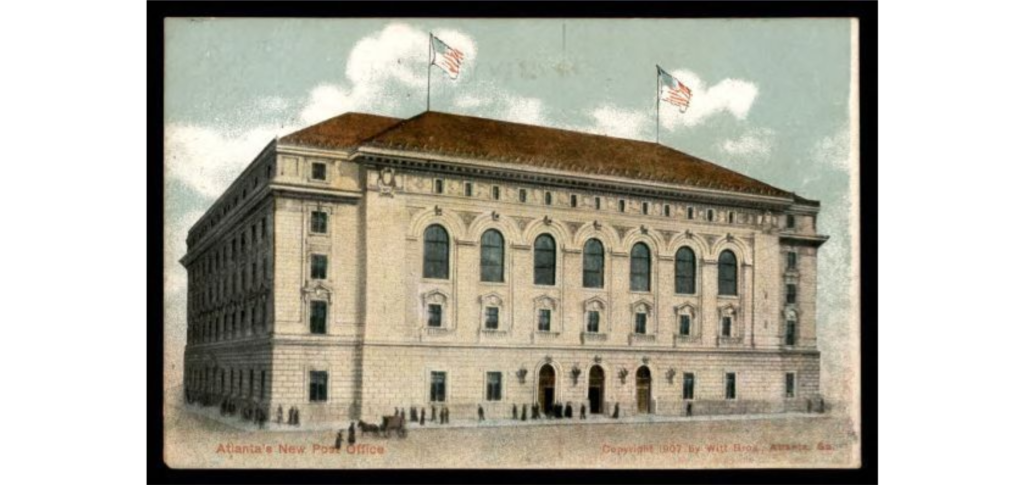
“Hugh J. Lynch, seen above, president and treasurer of the Century Printing Company, and formerly in charge of the accounting department of the Massengale Advertising Agency, is one of the best-known young business men in Atlanta. The high-class printing establishment, of which he is the head, and which is conveniently located on the first floor, 200-201-202 Austell building, is completely equipped to do the highest grade of printing on short notice. Mr. Lynch employs only expert workmen and is on a position to guarantee his customers the way best in all branches of printing.”
“Walter Ballard, seen above, a native Georgian, president and general manager of the Walter Ballard Optical Company, at 75 Peachtree Street, and the originator of the famous Ballard Invisible Bifocal, is one of the best-known opticians in Georgia. Mr. Ballard, who has made a close study of the optical business starting in 1885 to work at the bench in the manufacturing department and serving full time, and then taking up the study of the scientific branch of fitting and adjusting glasses, established the Walter Ballard Company’s store, on Peachtree Street, in 1905, installing everything that is carried by an exclusive optical house, representing all the latest scientific improvements in the optical business. The Ballard Company has gained in popularity with such rapid strides that it stands today among the leading retail manufacturing optical concerns of the South.”
“J.N. McEachern, a native Georgian and seen above, president of the Industrial Life and Health Insurance Company, which has headquarters in the Austell building, has been for years closely identified with Atlanta’s business interests and public affairs, serving a recent term as alderman, during which time the Greater Atlanta movement was started, and he is now a member of the Atlanta police board. From a modest beginning of only about 500 policies written and about $200 paid out in sick benefits for the first year in business, Mr. McEachern’s company has grown steadily until the record for 1907 was nearly 100,000 policies written and over $162,000 paid out in sick benefits. During the entire life of the company, which started business in 1892. It has written over 700,000 policies and paid out about $1,000,000 in sick benefits.”
“R.D. Whitehead, a native Georgian and seen above, of L.J. & R.D. Whitehead, state agents for the Standard Trust Company, an incorporated company which issues a financial statement from its principal offices in Birmingham, Alabama, giving from about $70,000 in 1905 to over $475,000 in 1908. Mr. Whitehead, who is in charge of the company’s business in this territory, with local headquarters at 423-424 Empire Building, states that his company, which does not do a banking business but lends money at five percent simple interest (principally to small home builders), to build homes, has been doing business in this state between two and three years and has already constructed over $2,400,000 and loaned about $60,000 thru this office alone, the most attractive feature of the business being the unusually low rate of interest and privilege of long-time payments to the man of moderate means.”
“H.M. Ashe, seen above, is one of the most progressive and successful of young business men in Atlanta. His energy and enterprise are stamped in every business move he makes. He is the Southern agent for the L.C. Smith & Brothers’ Typewriter Company, and his agency occupies the ground floor of the Y.M.C.A. building. Mr. Ashe is prominent in athletic and social circles. He is a member of the Atlanta Athletic Club, the Transportation Club, the Piedmont Driving Club, the M & M Club, and is a Shriner.”
“N.P. Healey, seen above, is one of the many young business men of Atlanta who has met with phenomenal success in a very short time, having built up a business of mammoth proportions, being at the head of the Healey Barbers’ Supply Company, of 42 Marietta Street. While the name would seem to indicate that barber supplies are only handled this is not the case, as the retail trade is furnished with everything that is best in soaps, hair tonics, razors, strops, pocket knives, manicure sets, and a very creditable display of holiday goods will be a big feature of the Healey Barbers’ Supply Company and the patronage of the establishment extends throughout the entire South.”
It’s interesting to note that in February 1912 the newspaper was struggling. It was saved when William Randolph Hearst purchased The Atlanta Georgian and News for $360,000 making the paper his ninth newspaper. The Georgian had long been known for yellow journalism and its unsubstantiated sensationalized stories claiming that white women were being attacking and raped by black men led to the Atlanta Race Riot of 1906.
The sensationalism under Hearst ownership increased making the paper more successful, but less respected. Even so, it was this paper that began the Empty Stocking Fund in 1927 and regularly received recognition from the Georgia Press Association including the W.G. Sutlive Trophy in 1927 which is given for community service.
The Georgian was purchased by James M. Cox at the same time he purchased The Atlanta Journal (now The Atlanta Journal-Constitution). He chose to shut The Georgian down and its last issue was published December 18, 1939.
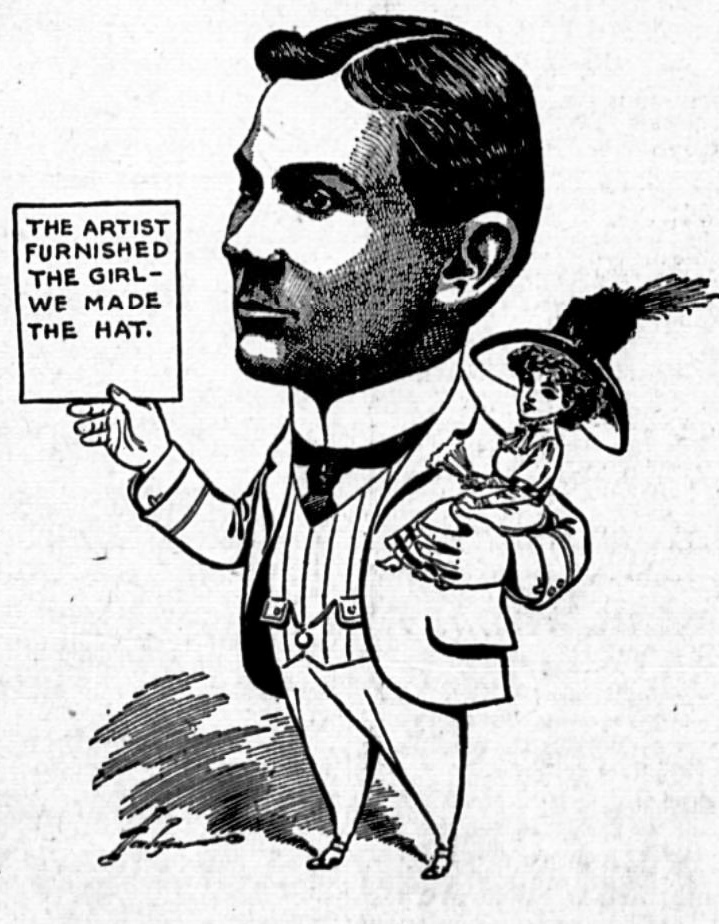
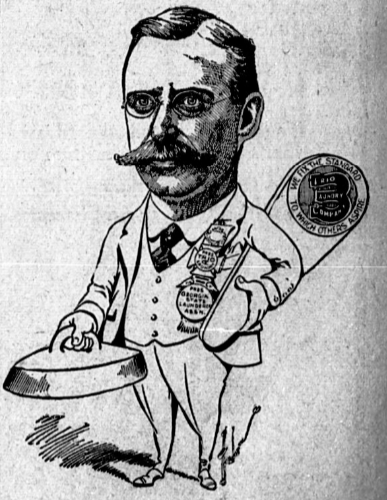
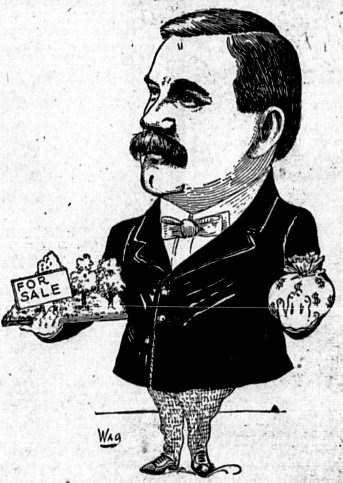
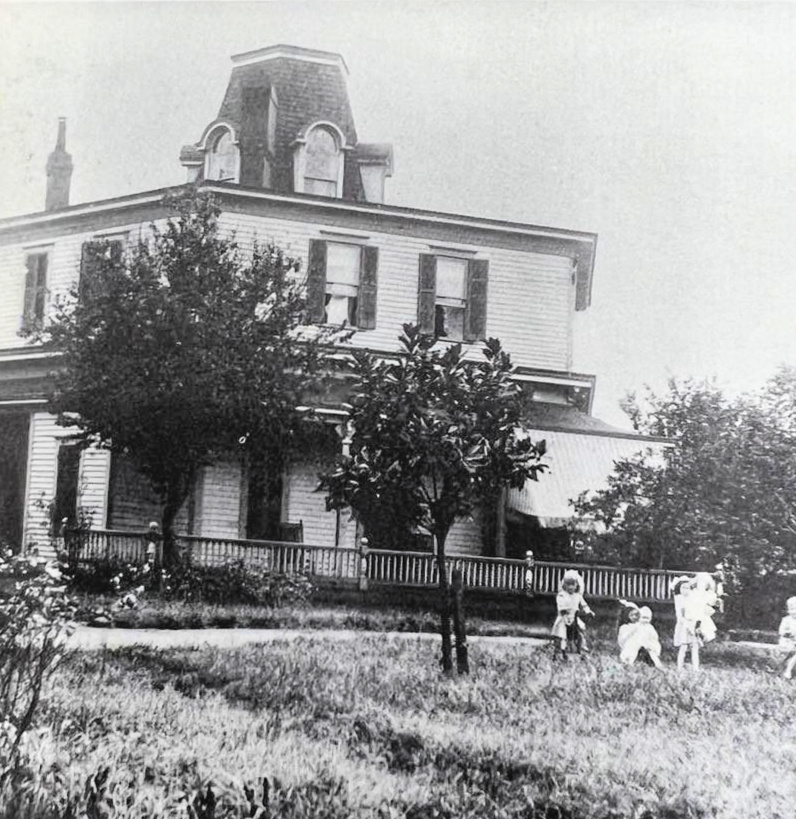
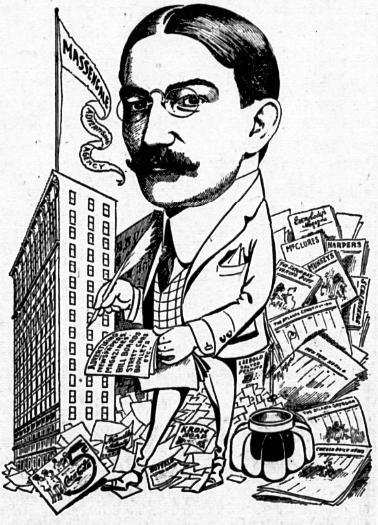
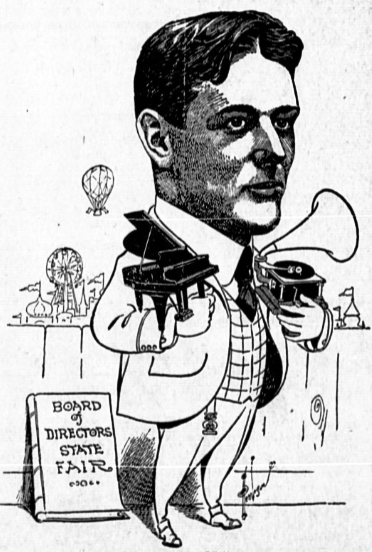
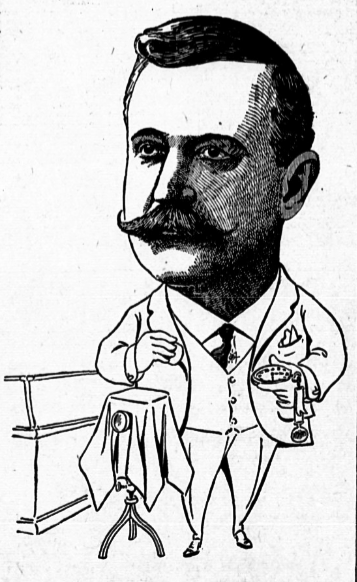
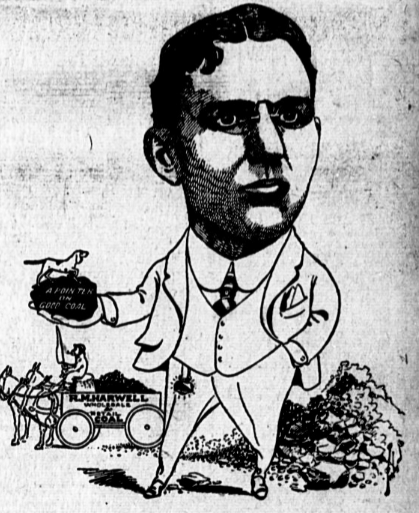
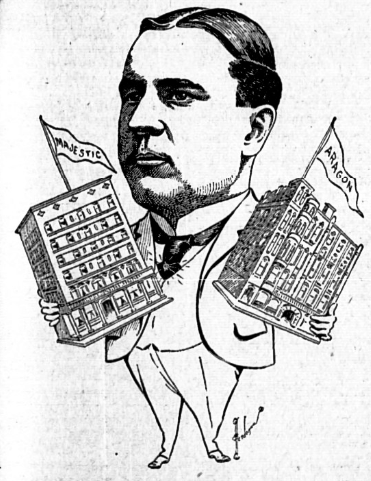
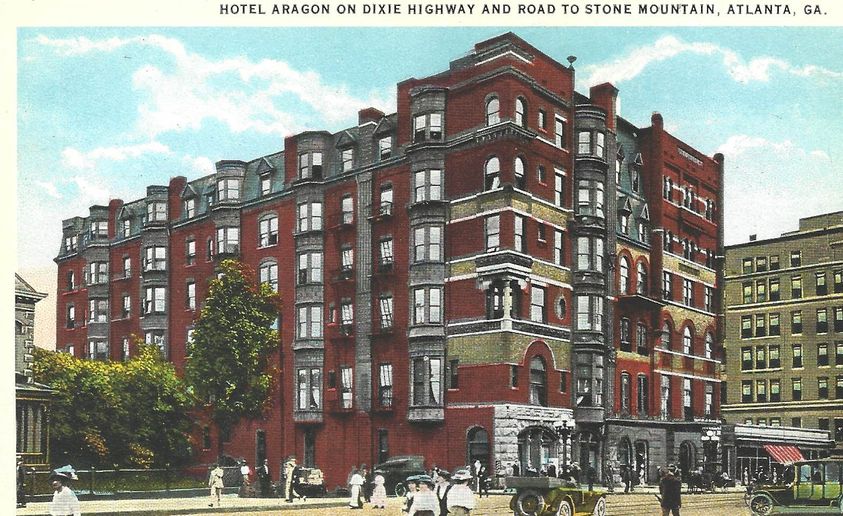
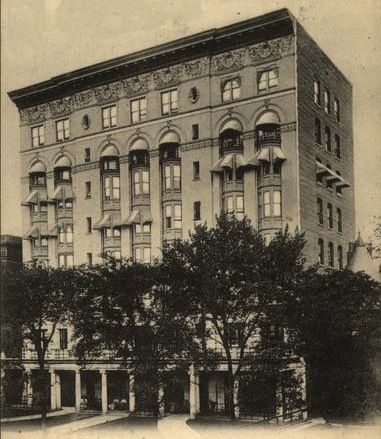
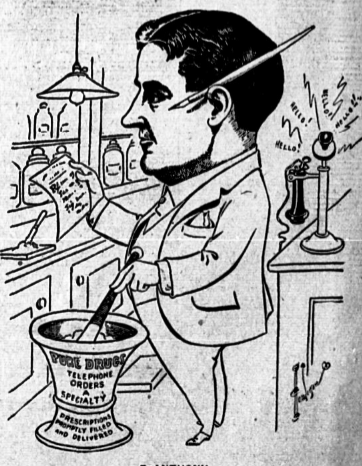

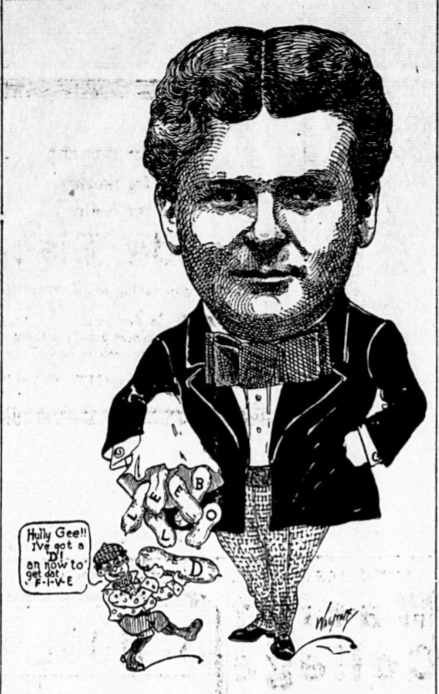
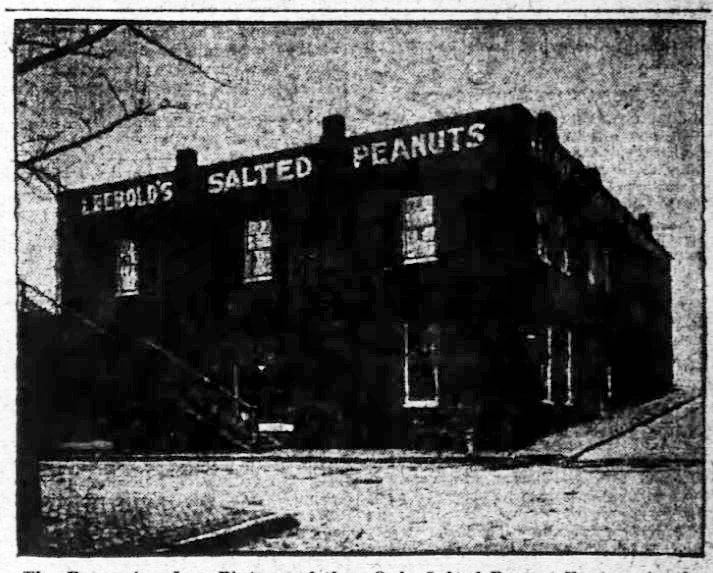
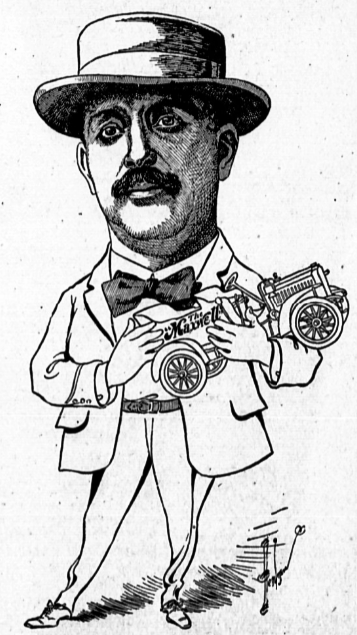
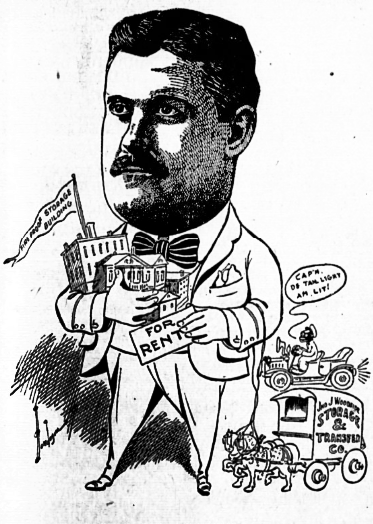
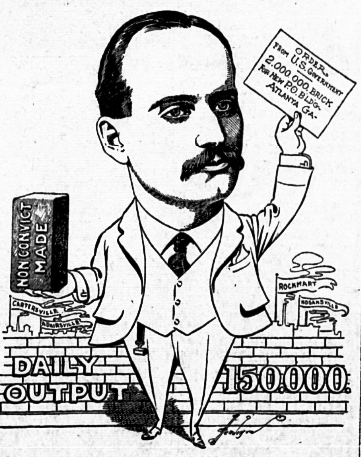
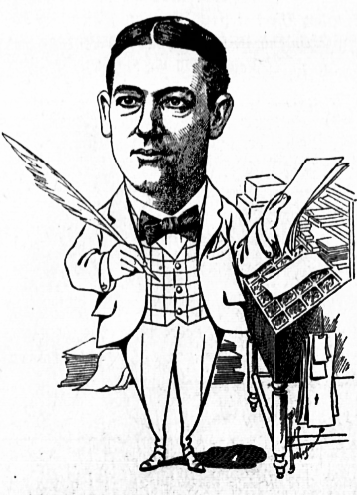


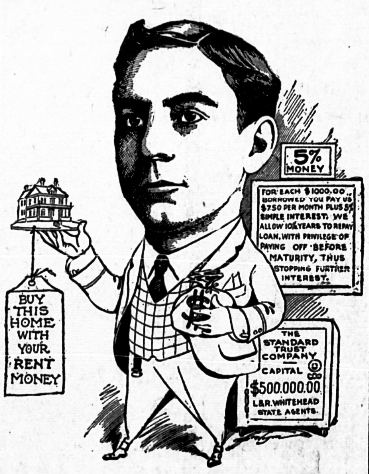
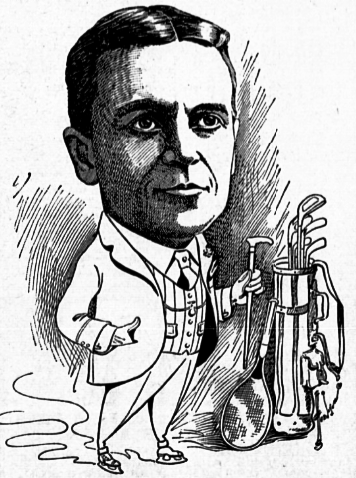
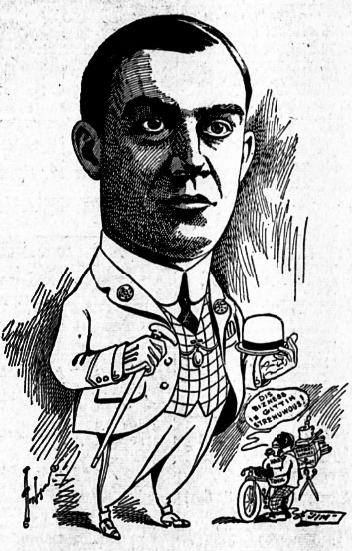
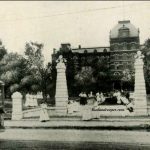
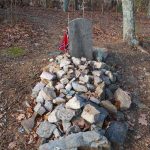
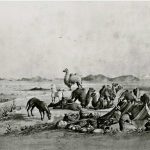
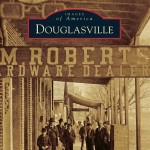
Leave a Reply